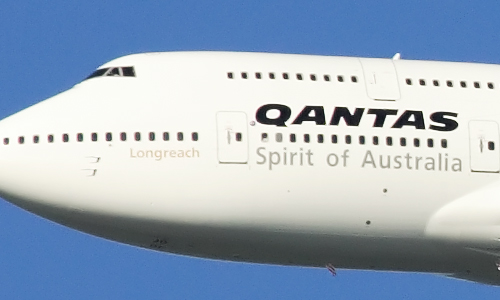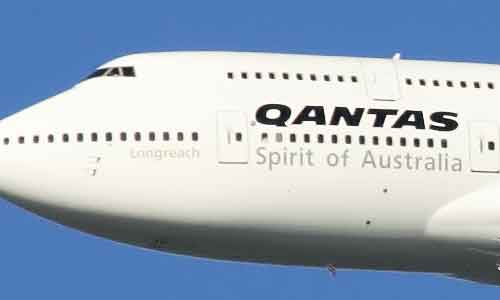 |
 |
JPEG is the file format most-commonly used in consumer digital cameras and on the Web. It was developed to reduce the size of the files so that more can be stored by cameras and so they can more quickly be transmitted. The amount of compression is adjustable. JPEG compression only reduces the file size (bytes), JPEG compression does not reduce the image size (pixels). The disadvantage as that the more a file is compressed, the lower the image quality. Every time a JPEG image is edited and saved, the image quality is degraded. Best results will be achieved if you send me the images files exactly as they came out of the camera. If you are only going to send a few digital images, you can send them by e-mail. Make certain that your software is not reducing the image size or file size. If you are sending more than a few digital images, please put them unedited on a CD or unedited in a zip file that you can e-mail.
Below are examples of an image that has been saved with low compression and with high compression. The low-compression file (left) is seven times as large (bytes) as the high-compression file (right) but the image size (pixels) is the same. On the right-hand version, notice the areas around the cockpit and around the lettering.
 |
 |